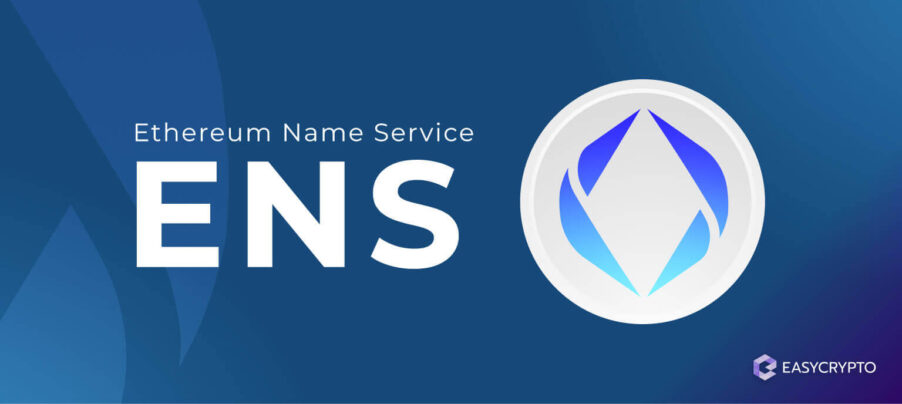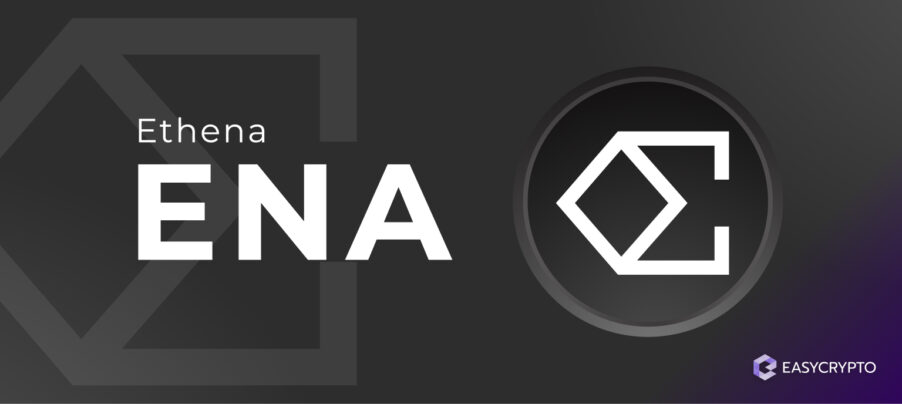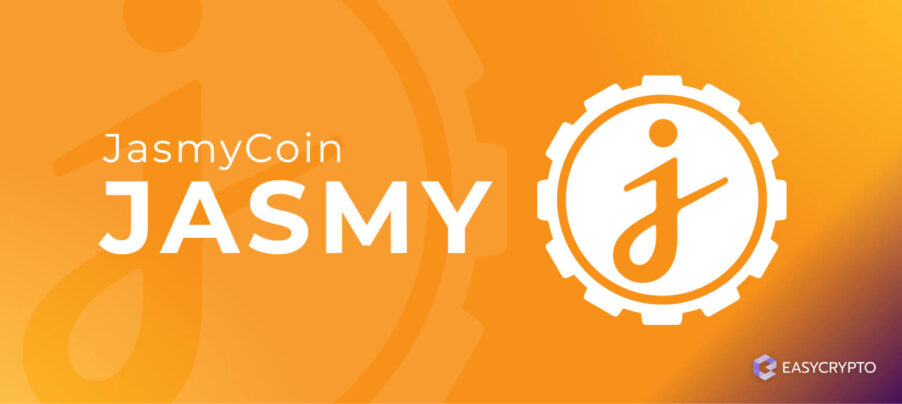What is Tezos (XTZ)? The Self-Evolving Network Explained
Tezos is one famous network that has introduced a better way to develop and govern a platform, which is essentially owned by a diverse range.
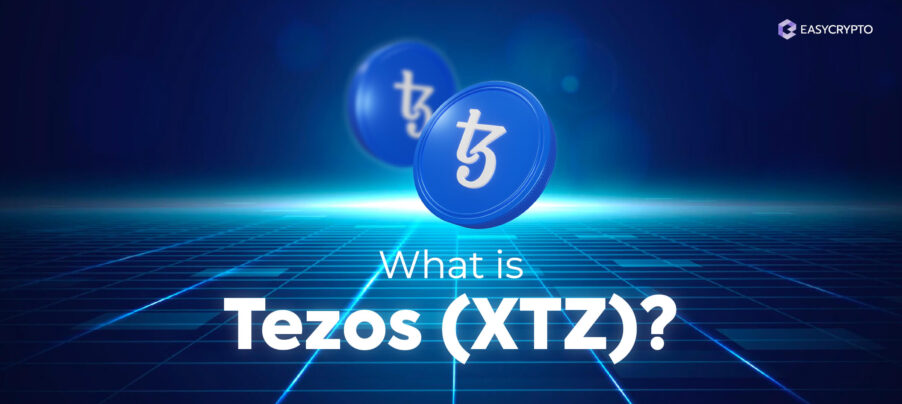

In the middle of the ICO boom of 2018, many novel blockchain networks have emerged into the crypto space. They have promised better technologies to serve the new digital and decentralised economy.
Tezos is one famous network that has introduced a better way to develop and govern a platform, which is essentially owned by a diverse range of people across the globe. Tezos is the first to implement decentralised governance, also known as on-chain governance.
The idea is simple — rather than centralising decision-making on changes to the network, Tezos evolves by allowing validators (computers that maintain the Tezos network) to vote. Launched in September 2018, Tezos would have celebrated its third anniversary at the time of publication.
Continue reading to see how the time-tested Tezos network has set an example for many succeeding blockchains.
Key takeaways:
- Tezos is an open-source blockchain that is designed for hosting and creating decentralised applications (Dapps), smart contracts, decentralised finance (DeFi), and non-fungible tokens (NFTs).
- The Tezos network is designed with Web 3.0 in mind – putting emphasis on self-governance and participation as its core. Tezos enables users to seamlessly transact, exchange values, and interface with various applications on its network without intermediaries.
- Tezos was designed to continually evolve and upgrade its capabilities overtime to add the latest innovations, security protocols, mechanisms, and more.
What is Tezos?
Tezos is a decentralised global network of computers that works as one platform. On this platform, developers can deploy decentralised applications (DApps) that cannot be censored (as copies of its data are hosted in many computers).
Like all decentralised networks, Tezos has never stopped running since the launch of its main network.
This is the basic design of many “second-generation” blockchains, such as Ethereum. One of the features that were non-existent in Ethereum’s design is on-chain governance, a process in which network users can vote on how the network should be modified.
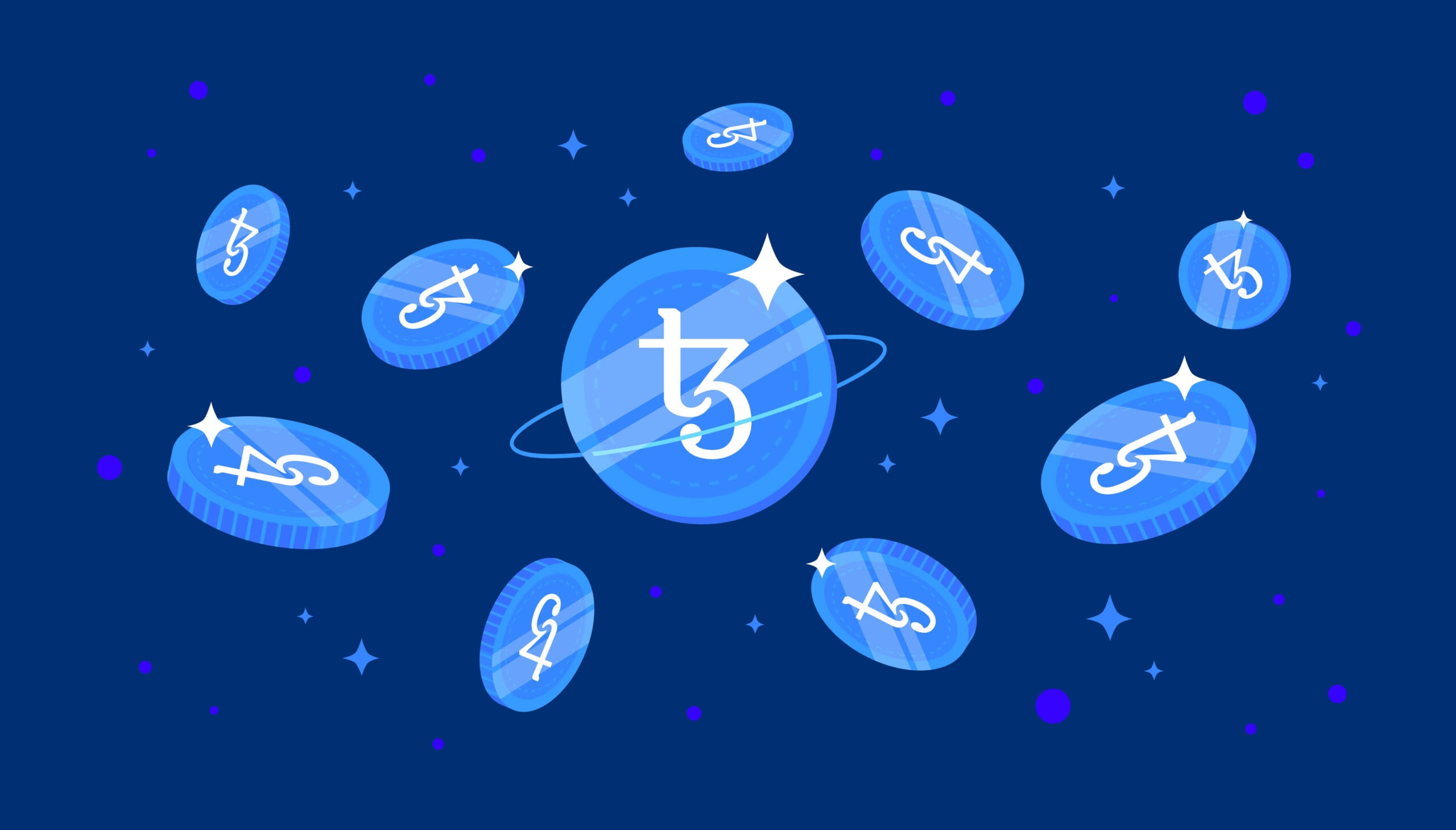
The other improvement that Tezos made is the implementation of Proof of Stake consensus protocol. Think of consensus protocols as the engine that allows the network to work in sync.
Proof of Stake is a more eco-friendly consensus protocol than what Ethereum is currently using, which is Proof of Work.
Like any other blockchain network, Tezos has a native cryptocurrency called tez (plural tezzies). Many people refer to it by the ticker code XTZ.
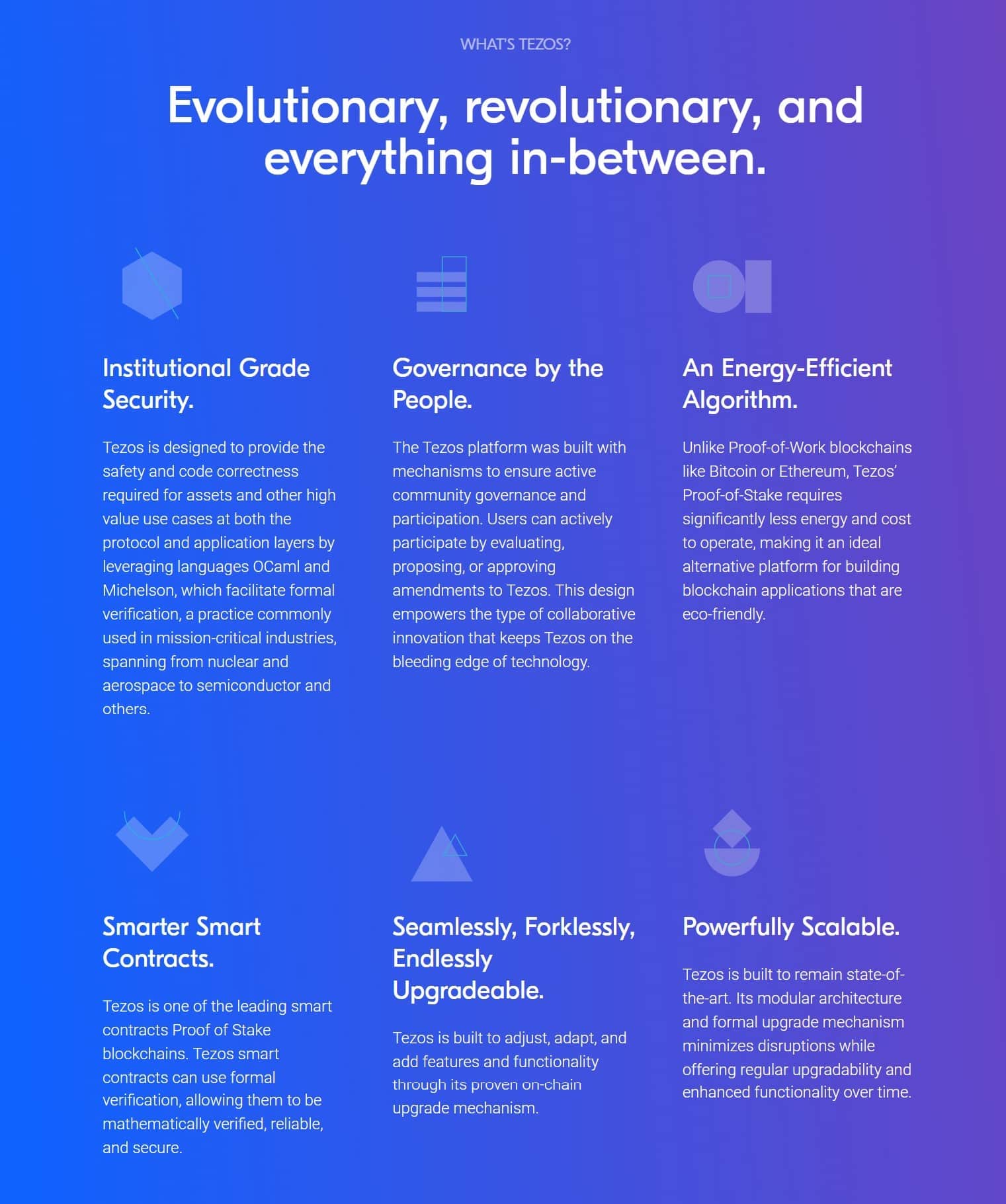
The XTZ coin was issued with a finite supply of 763 million coins. Validators are usually members of the network who hold large amounts of XTZ.
Related: A Complete Guide to Blockchain for Beginners.
Why is on-chain governance important?
On-chain governance is the next step in the evolution of decentralised networks. When Bitcoin was launched, Satoshi Nakamoto envisioned a system where money can travel freely across the world, without the permission of a centralised authority nor a trusted intermediary.
However, no product is perfect, and Bitcoin’s code has to be tweaked by responsible developers to ensure that the Bitcoin network works properly.
Yet an unsettling question remains — who should be responsible for maintaining Bitcoin? And do we need to trust these developers?

In reality, there were many disputes about how Bitcoin should behave. In an intentionally trustless network, it’s not uncommon for groups of developers to stop supporting one version of Bitcoin, and instead create one of their own. This is also known as hard forking a network.
Bitcoin hard forks resulted in coins like Bitcoin Cash (BCH), Bitcoin Gold (BTG), Bitcoin Satoshi’s Vision (BSV), among others.
Even the more technologically advanced Ethereum network has experienced a hard fork, thus creating Ethereum Classic (ETC).
The impact of hard forks
Hard forks result in a network split, and do more harm than good. The security of decentralised networks depends on the number of validators. Think of network nodes as employees that work together for a company.
When a hard fork occurs, some of the network nodes migrate to a new network that no longer serves the interest of the previous network. This is like a group of employees who conspire to form a competing business after collectively leaving the previous company.

Of course, this results in the weakening of the older network, and it’s questionable whether or not the new network can survive with so few network nodes.
Learn more: What is a Hardfork? Hardfork vs Softfork.
How on-chain governance benefits the network
Tezos sets an example that network disputes (or at least, contradicting proposals) can be settled democratically. Through a series of voting processes and careful testing, the best decisions will benefit the most validators.
On-chain governance works even in a trustless environment. While validators don’t necessarily trust one another (they don’t even know each other), they can still trust in economic behaviors, which we all share as human beings.
Tezos introduced an incentive structure that rewards the best ideas, i.e. proposals that get voted for, and become realised and implemented on the main network.
So, not only will Tezos develop in a healthy and democratic way, but proposals will also evolve to suit the needs of the majority, rather than for selfish interests.
How does on-chain governance work in Tezos?
All XTZ holders can vote, but only validators can propose changes to the network.
Validators are given this special right because, in order to become a validator, one must deposit 8000 XTZ into special wallets called staking wallets.
Validators, therefore, have a large stake and any changes to the code can impact how they earn rewards for maintaining the network.
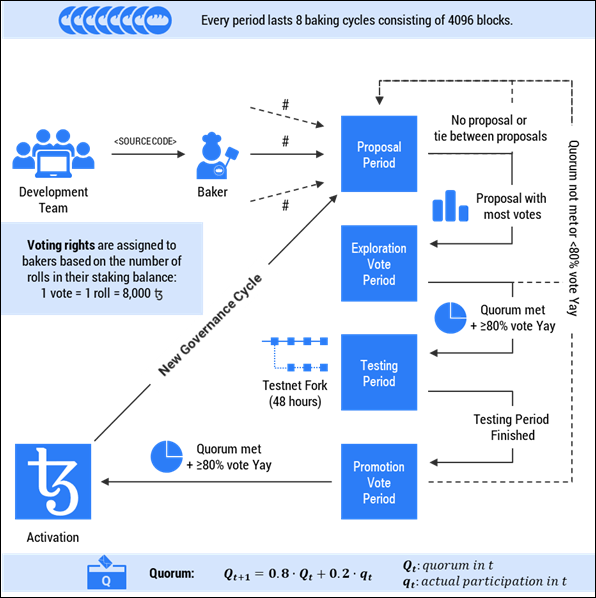
The voting process consists of two major periods. In the first period, voters choose the best proposal(s) to be tested in the test network.
After the testing phase is complete, in the next period, voters decide whether they are satisfied with the test results, and vote to implement the changes.
Even though validators can propose anything they want, there are specific critical properties of the network that must be upheld at all times.
Obviously, validators cannot propose against on-chain governance, the Proof of Stake consensus protocol, or make changes to the maximum supply of XTZ coins.
For the latter, Tezos uses mathematical proofs to verify that this property is maintained.
Who are the ‘bakers’ in the Tezos network?
Validators are nicknamed ‘bakers’ in the Tezos network. These are individuals or parties who deposit or stake 8000 XTZ in order to become active validators to maintain the network and earn block rewards. Given that the spot price of XTZ is around 7 USD as of September 2021, the staking requirement is expensive.
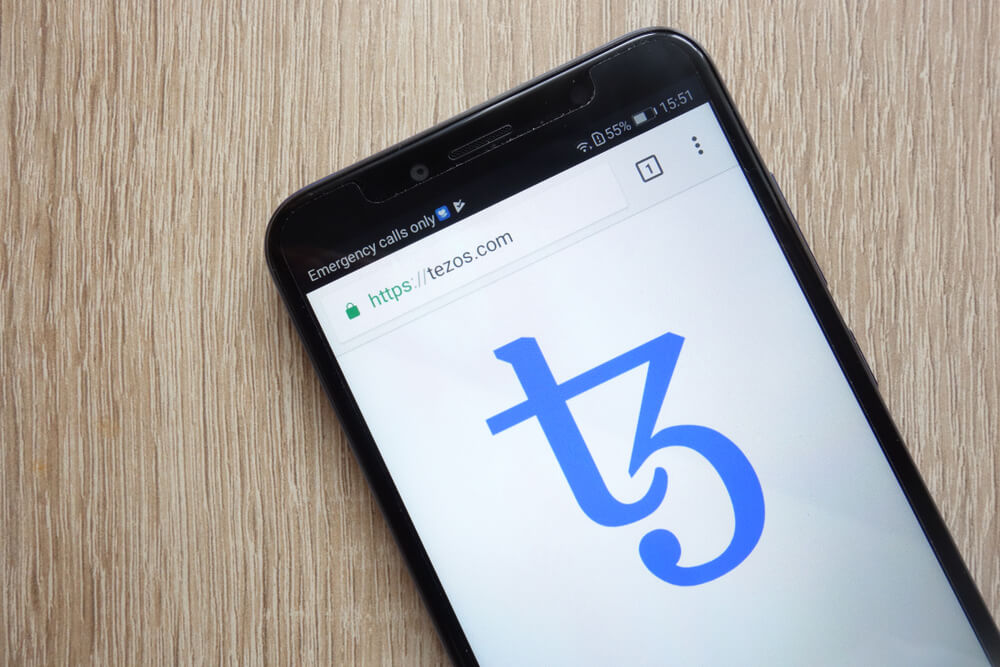
This is for a good reason. The upfront cost proves that the validator is committed to serving the network, and is willing to risk suffering a penalty if the validator acts dishonestly (such as manipulating transaction data).
Ordinary users can also delegate XTZ to a validator so that the target 8000 XTZ is reached. Validators will earn a portion of the block rewards while the rest is shared among the delegators.
This is made possible because Tezos doesn’t require validators to lock up staked XTZ, whereas other Proof of Stake blockchains may do so.
History and future outlook of Tezos
Tezos was developed by Dynamic Ledger Solutions (DLS), a company founded by Arthur and Kathleen Breitman. The couple also founded the Tezos Foundation to separate the decentralised blockchain network from the for-profit company.
Tezos attracted the attention of many investors, and have successfully raised millions of US dollars of funding.
Venture capitalist investor Tim Draper contributed $1.5 million and Polychain Capital-backed up the XTZ coin sale, contributing $10 million.
In July 2017, the Tezos Foundation raised $232 million from the initial coin offering (ICO). This was one of the biggest ICOs at the time.
Learn more: What are ICOs? Initial Coin Offerings Explained.
However, after the fundraising success, a dispute took place over Tezos’ intellectual rights between the founders and one of the company’s board of directors. DLS was also sued for selling XTZ as “unregistered securities” — this issue was later felt by Ripple Labs in 2021.
Despite the difficult early years of Tezos, the market for XTZ remains strong. Starting 2019, the price of Tezos continuously rises from a mere 41 US cents to an all-time high of $7.50 in May 2021.
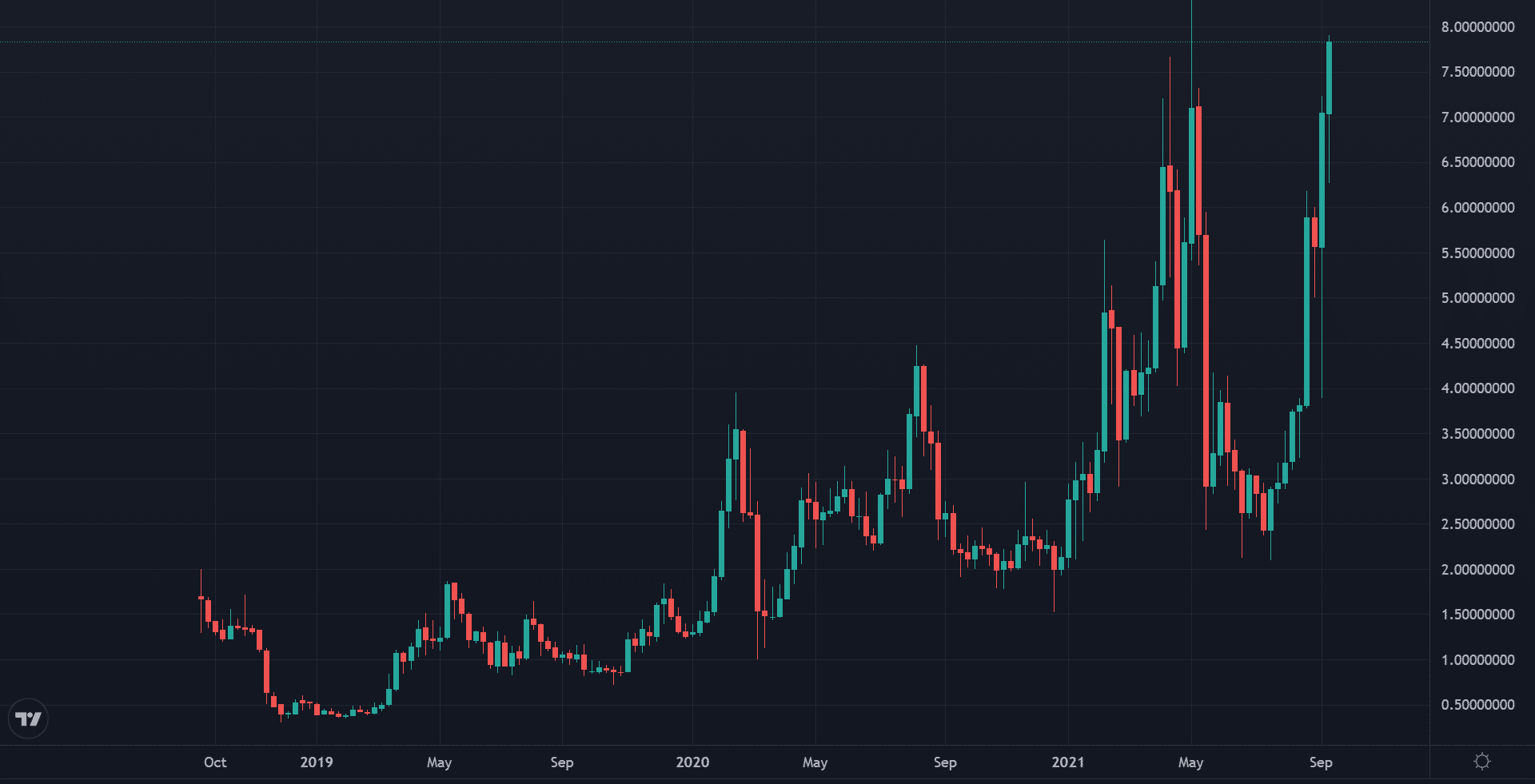
The launch of Tezos has been an important milestone for blockchain technology as a whole. On-chain governance, coupled with a liquid Proof of Stake consensus protocol, inspires a whole new design of future networks.
Simply, democratic voting is a great expression of the decentralised ethos that is shared in all cryptocurrency networks in existence.
Share to
Stay curious and informed
Your info will be handled according to our Privacy Policy.
Make sure to follow our Twitter, Instagram, and YouTube channel to stay up-to-date with Easy Crypto!
Also, don’t forget to subscribe to our monthly newsletter to have the latest crypto insights, news, and updates delivered to our inbox.
Disclaimer: Information is current as at the date of publication. This is general information only and is not intended to be advice. Crypto is volatile, carries risk and the value can go up and down. Past performance is not an indicator of future returns. Please do your own research.
Last updated October 10, 2024



